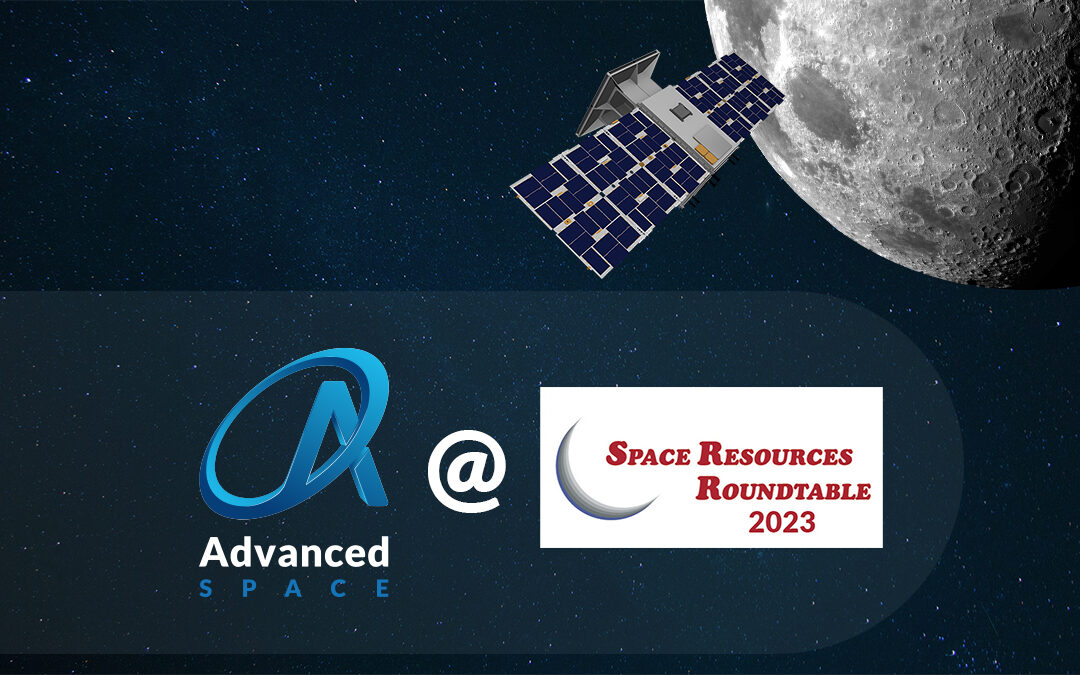On June 6, Thomas Gardner, Advanced Space’s Director of Engineering, gave a presentation on the recently extended CAPSTONE mission as part of the Colorado School of Mines’ Space Resources Roundtable (SRR). He also discussed some of the future technologies we are supporting for future lunar resource development. Gardner explained, “We support [the Roundtable] because it’s the future – commercial exploration and development of space resources at the Moon and within the solar system in support of the exploration, development and settlement of space. Advanced Space was built to be a part of that.”

As part of its six-month base mission, which ended May 24, and its now-extended mission, CAPSTONE has tested navigation technology with similar applications to Earth’s Global Positioning System (GPS). This technology, the Cislunar Autonomous Positioning System (CAPS), was developed by Advanced Space. This was a primary objective for the mission, as it sought to demonstrate the CAPS technology, which provides autonomous onboard navigation for spacecraft operating in cislunar space. Using the gathered data, the team will look to improve subsequent crosslink demonstrations and continue to work towards demonstrating CAPS operational feasibility. In the future, additional data types will be demonstrated and incorporated into CAPS to deliver navigation knowledge to users in orbit and on the surface of the Moon.
Advanced Space isn’t done with the Moon, however. Another piece of in-space infrastructure we are leading is an Air Force Research Laboratory (AFRL) satellite system called Oracle. Operating from the Earth-Moon L1 Lagrange point, this spacecraft will demonstrate space situational awareness along with object detection and tracking in the regions around the Moon. It will also experiment with techniques to both discover and maintain real-time observations of objects in this region, such as active satellites, rocket bodies, orbital debris, or natural objects. Advanced Space is the prime contractor for Oracle, and is designing the mission approach, along with advanced navigation, tracking, and communication solutions for this challenging mission.
Additionally, Advanced Space has been developing an algorithm that will allow spacecraft flying close to the lunar surface (less than 10 kilometers) to identify where they are and avoid geographical features in its way. This navigation system, called the Sustained Low Altitude Lunar Orbital Mission (SLALOM), would assist vehicles flying close to the Moon to prospect for useful in situ resources.
Advanced Space is looking forward to deploying all of these tools to advance the development of the Moon and to identifying more opportunities to support human activities there in the future.
